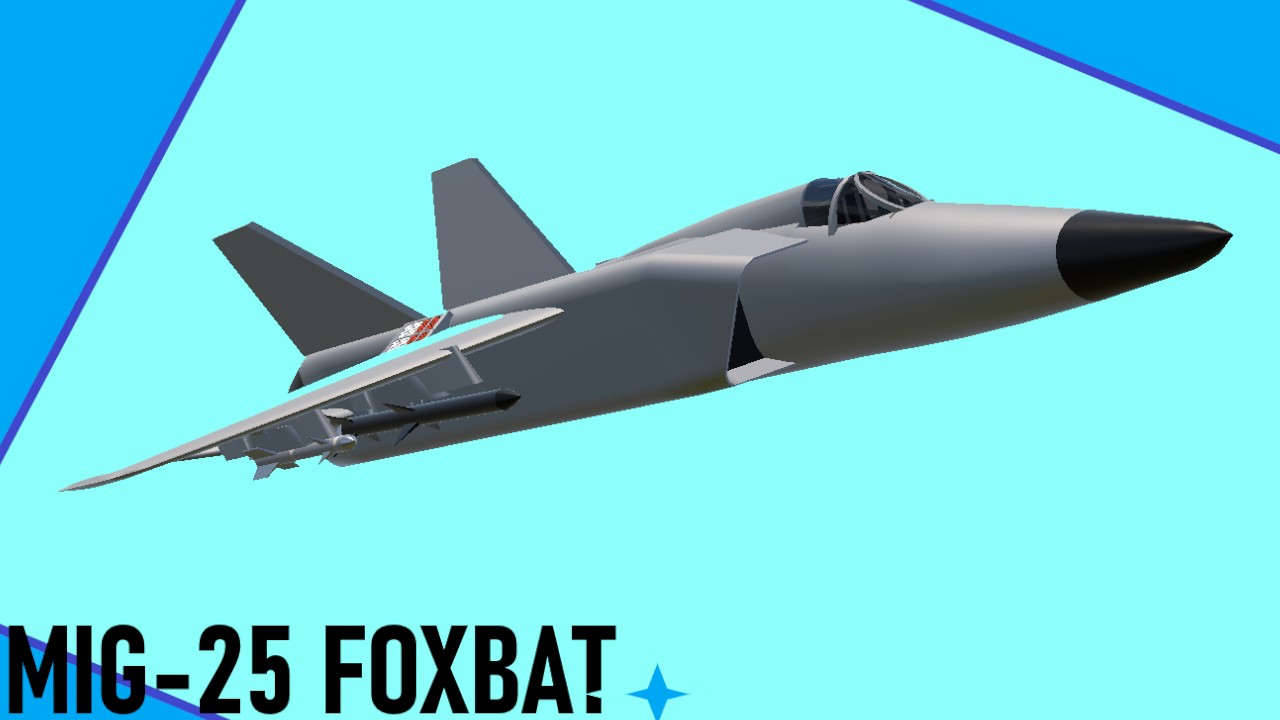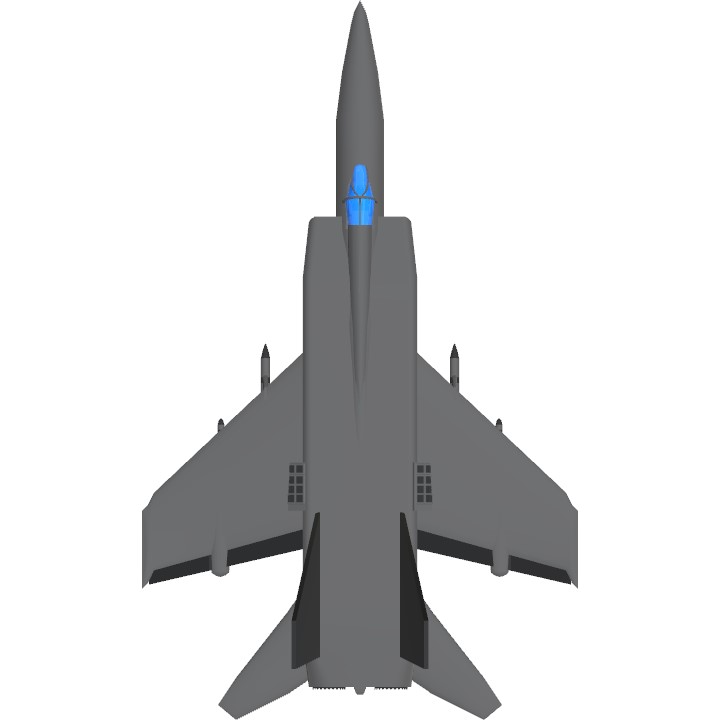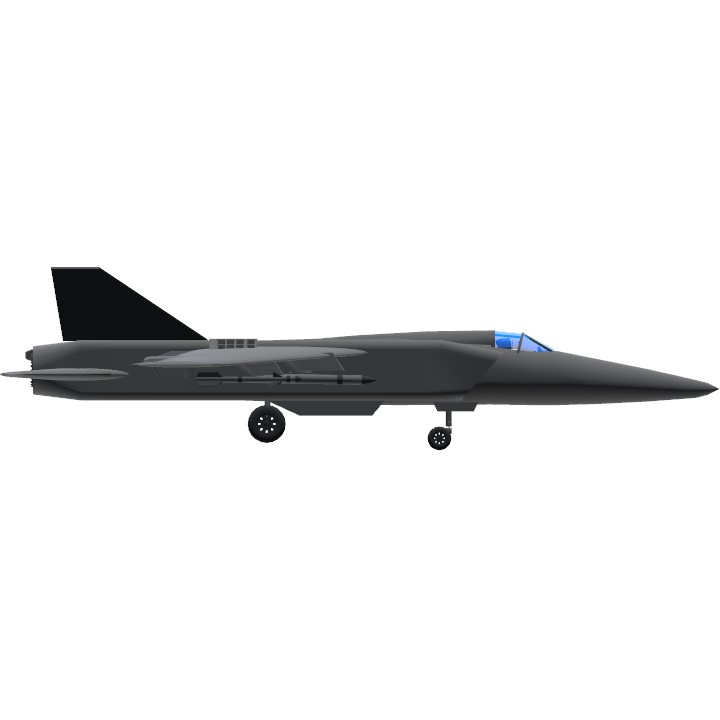The Mig-25 foxbat

The Mikoyan-Gurevich MiG-25 ( Russian : ?????? ? ??????? ???-25 ) ( Foxbat ) is an interceptor [ 4 ] and reconnaissance aircraft that was among the fastest military aircraft to enter service, achieving great fame during the Iran–Iraq conflict where it also achieved most of its aerial victories over fighters such as the F-4 and F-5 of the IRIAF (Iranian Air Force). Designed in the former Soviet Union by Mikoyan-Gurevich , the first prototype made its first flight in 1964 , entering service only in 1970. It has a maximum speed of Mach 2.85+ (reaching up to Mach 3.2, but with a risk of overheating of the engines), and incorporates a powerful radar and four air-to-air missiles .
When first seen in reconnaissance photography, the large wing suggested a massive, highly maneuverable fighter. This occurred during a period when the United States was also developing more maneuverable fighters due to its combat performance in the Vietnam War . The appearance of the MiG-25 aroused serious concern in Western countries, and prompted a dramatic increase in performance for the McDonnell Douglas F-15 Eagle in the late 1960s. The MiG-25's capabilities were better understood in 1976 when Soviet pilot Viktor Belenko defected in a MiG-25 to the United States (see: Defection of Viktor Belenko ). The large wing of the aircraft was due to the aircraft's enormous weight.
Production of the MiG-25 ended in 1984 after a total of 1,190 aircraft had been built. A symbol of the Cold War , the MiG-25 flew with a large number of allies of the Soviet Union and former Soviet republics , and remains in service with Russia and several other nations. It remains the fastest combat aircraft to date. [ 5 ]

A prominent aviator with the MiG-25 was Iraqi Air Force Colonel Mohammed Rayyan , who achieved a total of 10 aerial victories, 5 of which were flying a Foxbat. He became the first and only MiG-25 ace and one of the greatest aces of that conflict ( Iran-Iraq War ).
Design and Development
Background
During the Cold War, the Soviet Air Defense Forces , PVO (not to be confused with the Soviet Air Force , VVS) was responsible for the strategic air defense of the USSR. In the decades after World War II , this meant not only dealing with accidental border violations, but even more importantly defending the vast airspace of the USSR against American reconnaissance aircraft and bombers carrying nuclear bombs . The performance of this type of aircraft was rapidly improving. The overflights of the American Lockheed U-2 at very high altitude in the late 1950s revealed the need for a higher-altitude interceptor than was then available. [ 6 ]
The Boeing B-47 Stratojet and Boeing B-52 Stratofortress subsonic bombers were followed by the Convair B-58 Hustler , with a top speed of Mach 2, with the even faster North American B-70 Valkyrie still under development. A major upgrade of the PVO's defense system was needed, and in early 1958 a solicitation was issued requiring manned interceptors capable of flying at 3,000 km/h and altitudes of up to 27 km (88,583 ft). Mikoyan and Sukhoi responded. [ 7 ]
Specifications
General Characteristics
- Created On Windows
- Wingspan 29.7ft (9.0m)
- Length 49.0ft (14.9m)
- Height 12.3ft (3.7m)
- Empty Weight 24,006lbs (10,889kg)
- Loaded Weight 36,457lbs (16,536kg)
Performance
- Power/Weight Ratio 3.698
- Wing Loading 132.2lbs/ft2 (645.4kg/m2)
- Wing Area 275.8ft2 (25.6m2)
- Drag Points 7165
Parts
- Number of Parts 150
- Control Surfaces 4
- Performance Cost 1,029





This is perfect PERFECT too comfortable to drive keep it up but this plane is perfect